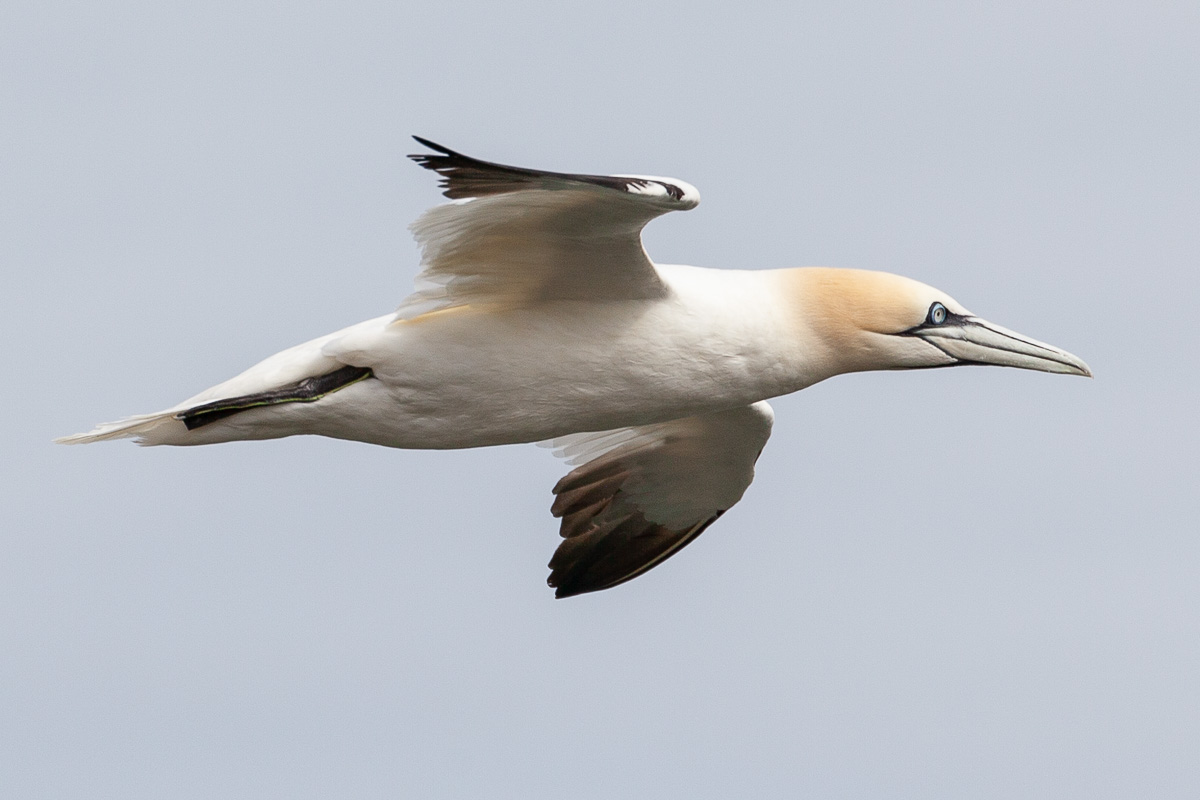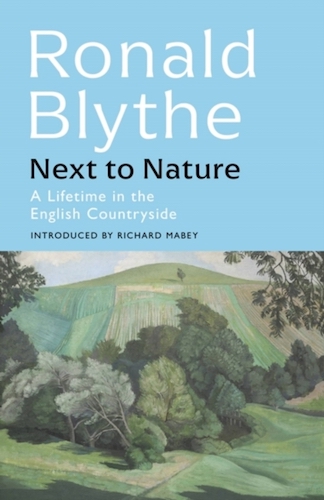
5TH JANUARY, 2024
Hello.
Welcome to the relaunched Rich Text newsletter. Apologies for the extended break, but a lot of other stuff got in the way last year. For those of you receiving this newsletter for the first time, it’s the sibling of my Friends of Charles Darwin newsletter, with a bit less emphasis on Darwin, and more emphasis on science, history and nature, and my attempts to write about them.
Yesterday, I completed the first draft of a chapter about gannets for my book Through Darwin’s Eyes. I’ve never made a secret of the fact that, for me, the most enjoyable part of writing is the research. I love finding stuff out. But the research is the easy part. The hard work begins when you try to combine all the stuff you’ve found out about a particular topic into something that’s actually readable. It’s taken me a long time to realise that, rather than trying to cram all your research into a single piece of writing, it’s often best to leave one or two things out. Of course, in addition to improving readability, one other benefit of leaving things out is it leaves you with more stuff to write about on the same topic in future.
One surprising thing I learnt about gannets during my research—surprising, because I’ve photographed many gannets and never even noticed—is that they don’t have any nostrils. Evolution through natural selection has filled them in! This might prevent seawater being forced into the gannets’ lungs when they plunge into the sea from on high in pursuit of fish. Conversely, it might also prevent air from being forced out of the gannets’ lungs too quickly during the impact. Gannets lungs are connected to a system of internal air-sacks, like the air-sacks in cars, that provide protection as they hit the water. As is so often the case, biological features which seem clearly to be adaptations have more than one plausible explanation. But who says there need only be one explanation?

Some stuff I thought worth sharing
- A national evil
A surprisingly interesting article about goitres and other obscure medical conditions that once plagued Switzerland, how they were eventually cured, and how their cause went back as far as the last ice age. - On chestnuts roasting on an open fire
The Christmas edition of Eleanor Konik’s newsletter about why biological blights are a big deal. (Eleanor uses the same note-making system as me, and puts it to excellent use writing articles like this one. I hope to start putting some of my own notes to similar good use in future editions of my newsletters.) - The only artist in the world to embed gold leaves in glass
A fascinating video describing the development of a new craft from older disciplines. The section near the end where Japanese artist Yamamoto Akane describes numerous costly failed attempts as she experimented like a scientist, over and over again, to develop and perfect her new techniques is inspirational. - Against Voltaire, or, the shortest possible introduction to the Holy Roman Empire
An excellent, light-hearted introduction to a subject I felt I needed to know more about (by which, I mean know something about): the Holy Roman Empire. - What whale barnacles know
How barnacles on whales have, for generations, been recording details about their hosts and their ocean home. - My friend Thony Christie published a typically in-depth, profusely illustrated series of posts, Magnetic Variations, on the history of magnetism. It comes in four parts: I: Setting the scene • II: The Borough Brothers • III: Robert Norman • IV: William Barlow.
- I’ve been hugely enjoying astrophysicist Dr Angela Collier’s YouTube channel. Her low-tech videos are intelligent, well-informed and funny (especially if you skip the occasional technical bits when she encourages you to do so). For starters, I recommend her video-essays: The aliens will not be silicon • Dark matter is not a theory • Humanoid robots belong in the trash. But do check out her entire back-catalogue.
- One of my favourite writers, Ronald Blythe, died age 100 last year. The Slightly Foxed podcast published a lovely tribute: Ronald Blythe: a life well written. (See also ‘Recent reading’ below.)
- Dame Rosemary Cramp
An obituary of the archaeologist who led excavations at the twin monastery of Monkwearmouth-Jarrow, home to the Venerable Bede. I attended lectures by Prof. Cramp while at Durham University in the mid-1980s. She was a daunting figure. I’ll never forget the time someone tried unsuccessfully to stifle a sneeze in one of her lectures, leaving everyone desperate (but too daunted) to laugh… until 30 seconds later, when Cramp could no longer stifle her own laughter. I was surprised to learn from this obituary what an interesting character she was. - Wood-Wide Web: do forest trees really ‘talk’ through underground fungi?
Do popular claims about the ‘Wood-Wide Web’ stand up to scientific scrutiny? (Spoiler: Only partially.)
On my website
Some highlights from last year:
- LRB letter: ‘The reaction economy’
I had a letter published in the London Review of Books on Charles Darwin’s use of photography in his book about human and animal emotions. - Cocker, the walk
In took a short walk with naturalist and writer Mark Cocker to admire the natural grandeur of a small wood on my local patch. - ‘Lesser’ truth v artistic licentiousness
In which I object to the suggestions that paintings are somehow more accurate than photographs, and novels more truthful than factual writing. - Unpolished words
Inspired by a YouTube video, it finally dawned on me that it’s not just ‘OK’ for the first drafts of your writing to be unpolished; in some respects, it’s a positive advantage. - 2023: a year in photos
My thirteenth annual video slideshow.
Recent reading

Next to Nature by Ronald Blythe
Pure comfort-reading: an anthology of pieces from Ronald Blythe’s long-running Wormingford series. It was published to mark the veteran country writer’s 100th birthday. Sadly, Blythe died a short while later.
And finally…
Long-time readers of these newsletters will know I’d become increasingly unhappy with Twitter over the last few years—even before the narcissistic buffoon took over. Over the last year or so, we’ve seen social media fragment into a number of rival silos. I’ve been trying them all out (see links below), and will continue to use them, but my intention in future is to concentrate my efforts on communicating through my newsletters. So thanks for subscribing, keep watching this space, and, as always, please encourage your friends to subscribe if you think they’d like my stuff.
Take care, and see you next time.
Richard
richardcarter.com
Places to follow me:
Website: Blog • Newsletter • Reviews • Moor book • Darwin book • RSS
Social: Mastodon • Threads • Bluesky • Facebook • Instagram • Substack
Leave a Reply